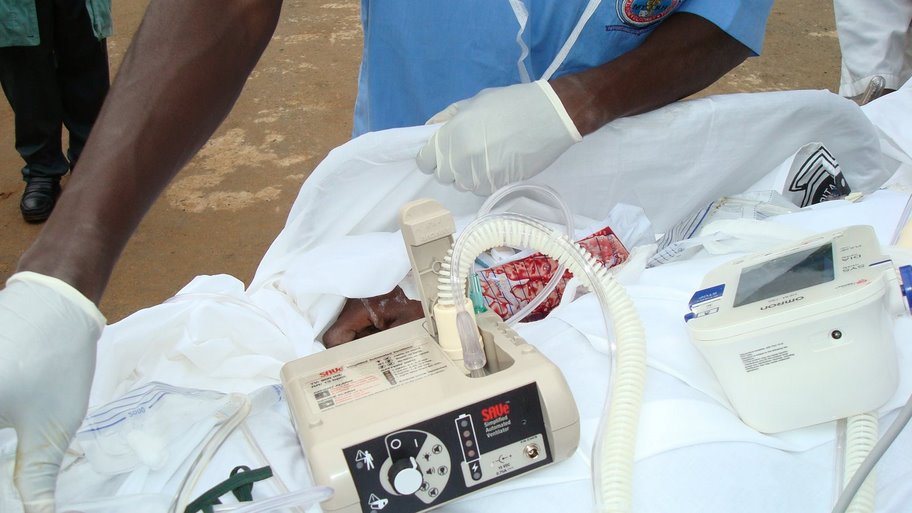 The SAVe’s ease of use and relatively low cost make it well suited for low to middle income countries throughout Africa, Asia and Latin America. The Simplified Automated Ventilator has been used successfully in Afghanistan, Iraq, Kenya and in other developing countries. The device can be used in the pre-hospital, inter and intra-hospital transport as well as in post-operative patients. AutoMedx is seeking to partner with the WHO, Gates Foundation, Doctor’s Without Borders and other organizations striving to make a difference in the regions around the world that need the most assistance.
The SAVe’s ease of use and relatively low cost make it well suited for low to middle income countries throughout Africa, Asia and Latin America. The Simplified Automated Ventilator has been used successfully in Afghanistan, Iraq, Kenya and in other developing countries. The device can be used in the pre-hospital, inter and intra-hospital transport as well as in post-operative patients. AutoMedx is seeking to partner with the WHO, Gates Foundation, Doctor’s Without Borders and other organizations striving to make a difference in the regions around the world that need the most assistance.
Here is a story of how AutoMedx helped support the work of a Johns Hopkins Neuro-surgeon on a philanthropic project in Kenya.
“I had the privilege of joining a group of neurosurgeons and anesthesiologists for a two-week philanthropic project in Kenya. During the project, we performed 32 neurosurgical procedures in two public hospitals in Eldoret and Mombasa, Kenya. The goal of the mission was to train local surgeons in the resection of curable intracranial and spinal lesions. The hospital environments in which we worked were relatively austere. Although both sites had dedicated intensive care units and operating theaters, equipment was scarce or in poor working condition. Ventilators had to be shared between the operating theater and intensive care unit and were often unavailable. Neither hospital had a functioning CT scanner on-site, requiring critically ill patients to be transported by van to off-site scanners that were 15-30 minutes away. In order to prepare ourselves for equipment shortages, I contacted AutoMedx who kindly supplied a SAVe ventilator for the project.”
“The SAVe ventilator was an excellent resource for several reasons. For work in austere and remote environments, equipment needs to be both durable and compact. All of the equipment we brought needed to be hand transported during air and land travel to the project sites, so the compact size and low weight of the SAVe ventilator were definite advantages. During transport and clinical use on the project, we were also able to test the company’s claim that it could sustain a five-foot fall onto concrete. While transporting a patient by van to a remote CT scanner, we actually dropped the ventilator from a stretcher onto concrete and it continued to function perfectly. In addition to use as a transport ventilator, we used the SAVe for short-term ventilation of patients who could not be extubated immediately post-operatively. Although SAVe lacks the versatility required for intraoperative ventilation of neurosurgical patients, where carbon dioxide levels must be maintained within a narrow range, it could certainly be used for short-term intraoperative ventilation in other surgical fields. Because of its very simple design, the hospital staff at both sites learned to use the ventilator independently within a very short period of time. The electrical power source was also highly versatile for use with foreign plug configurations. I would not hesitate to recommend the SAVe ventilator for short-term use in austere and remote medical environments.”
Matthew A. Koenig, MD
Assistant Professor of Neurology, Neurological Surgery, and Anesthesiology-Critical Care Medicine
The Johns Hopkins Medical Institutes
